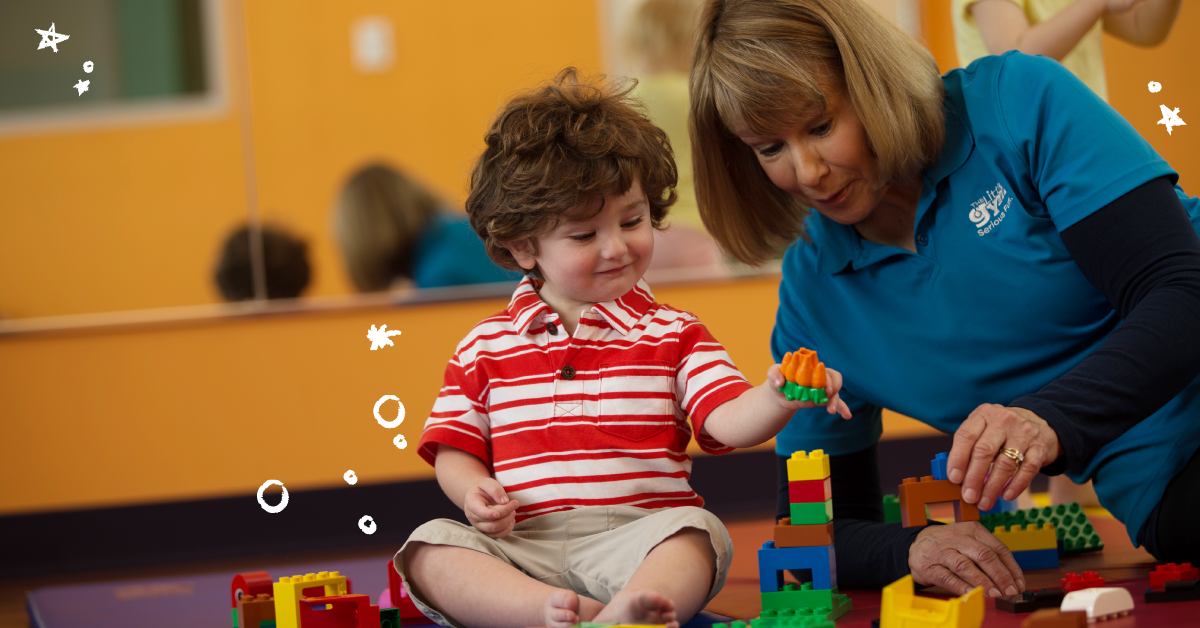The Best Strategies to Motivate Your Child to Learn

Most great students aren’t conceived, great learners. People personality plays a significant part in a child’s motivate your child to learn and overall disposition about schooling and education. Yet, at some point, most children who are great learners have to turn out to be great learners. More importantly, any student with the basic aptitude and the right motivation can become a decent learner.
One of the biggest mistakes teachers and parents can make about developing students and children who are great learners is restricting classroom learning. While the classroom will probably be the primary source of instruction, intellectual, social, and academic development should reach outside the school’s walls – to enhance a child’s desire and ability to learn.
The following are demonstrated tips and strategies to motivate your child to learn. Apply them accurately, and you’ll see your child or student discover the delight of learning. Also, Get 30% off using the Barefoot Books Coupon Code & save your extra cash.
1. Develop An Atmosphere Of Reading
Some individuals would argue that reading is the way to success throughout everyday life. We would certainly say that, at minimum, reading is the key to success in learning. Children who develop an adoration for reading develop a love for learning. Children who have difficulty reading struggle with knowledge.
Reading not just helps children develop a much more extravagant vocabulary. Their ability to process concepts and formal communication is improved. Students who read well have an improved ability to learn in all subjects, including technical subjects like math and science. And the skills gained from reading reach far beyond increased performance in language art classes.
Assist your child with developing reading skills and adoration for reading by filling his reality with reading. Give your child as much reading as you can. Have your child read aloud. Create a family reading time where everyone focuses on reading for 20 minutes daily.
2. Whenever possible, put your child in the driver’s seat
Regarding education, all some kids experience is control, control, control. At the point when a child feels controlled or crazy about their education, they often withdraw from learning. It’s vital to direct children through the learning process. However, it’s just as essential to allow children to have control of their own learning experience. Whether at home or in the classroom, give children the ability to have direct input into their learning choices. A practical method for doing this is to give children options. For example, while assigning a writing project, allow children to choose their theme to expound on.
3. Encourage Open & Sincere Communication
Please encourage your child or student to express his opinion about what’s going on with his education. Make an open atmosphere that allows him to express his preferences or worries freely. At the point when he shares his opinion, make sure to validate his feelings – regardless of whether you disagree. When children feel their opinion doesn’t matter or are stuck, they will probably disengage from the learning process. Great learners realize their opinion matters and feel reassured that they can be open about their educational experience without being judged, discouraged, or overlooked.
4. Focus On your Child’s Interests
While learning engages children in areas and subjects of interest, learning becomes tomfoolery, and children engage in learning. To assist your child with becoming a decent learner:
- Encourage him to investigate topics and subjects that fascinate him.
- Help him locate exciting books and stories about dinosaurs if he enjoys them.
- Challenge him to distinguish his five favorite dinosaurs and explain why he chose each one.
5. Introduce & Encourage Different Types Of Learning Styles
Every child has learning preferences and styles best suited to their way of learning. Some children have a dominant learning style, while others like to learn using a blend of learning styles. There isn’t necessarily one set-in-stone learning style or blend of learning styles. Nonetheless, by helping your child discover his favored learning styles, you can use techniques that will improve his rate and quality of learning. Ways To Motivate Your Child to Learn.
6. Share Your Enthusiasm For Learning
Enthusiasm rubs off, especially about learning new things. Assuming your child or student sees you’re enthusiastic about learning, they will probably become excited about learning. Whether it’s history, science, reading, writing, or even math, assist him with seeing that learning is an excursion of exciting discoveries. Take every open door to discover new information with him without overwhelming or overbearing. As your child sees the delight and energy learning brings to your life, he’ll also begin to share your enthusiasm for learning new things.
7. Make Every Day A Learning Day
Turning every day into a learning day may sound excessive. However, it isn’t if you go about it the correct way. Whenever the situation allows, encourage your child to investigate his general surroundings, ask questions and make connections. Aid him in categorizing, classifying, and critically thinking about what he sees and experiences. Turning every day into a learning day will assist your child with developing the internal motivation to learn in the classroom, at home, or any place he may be.
